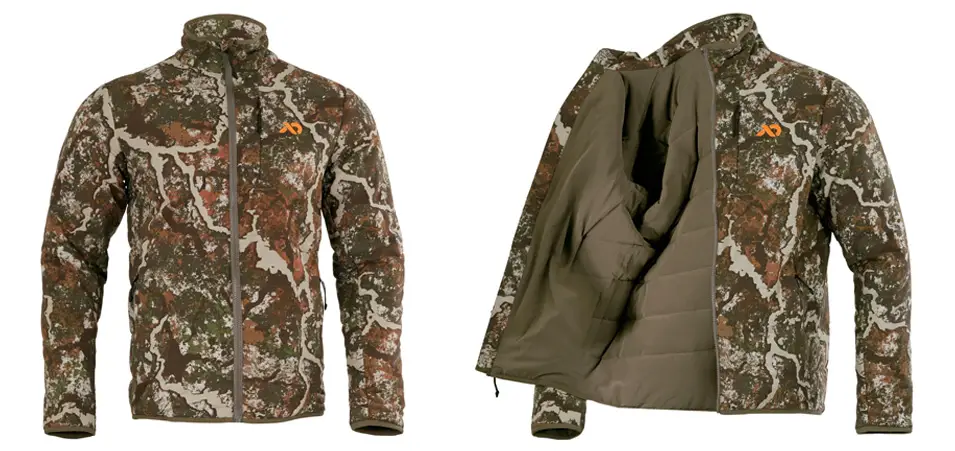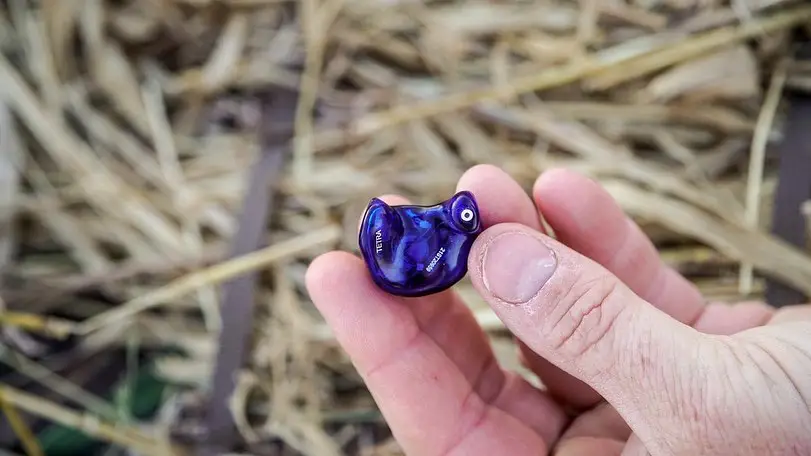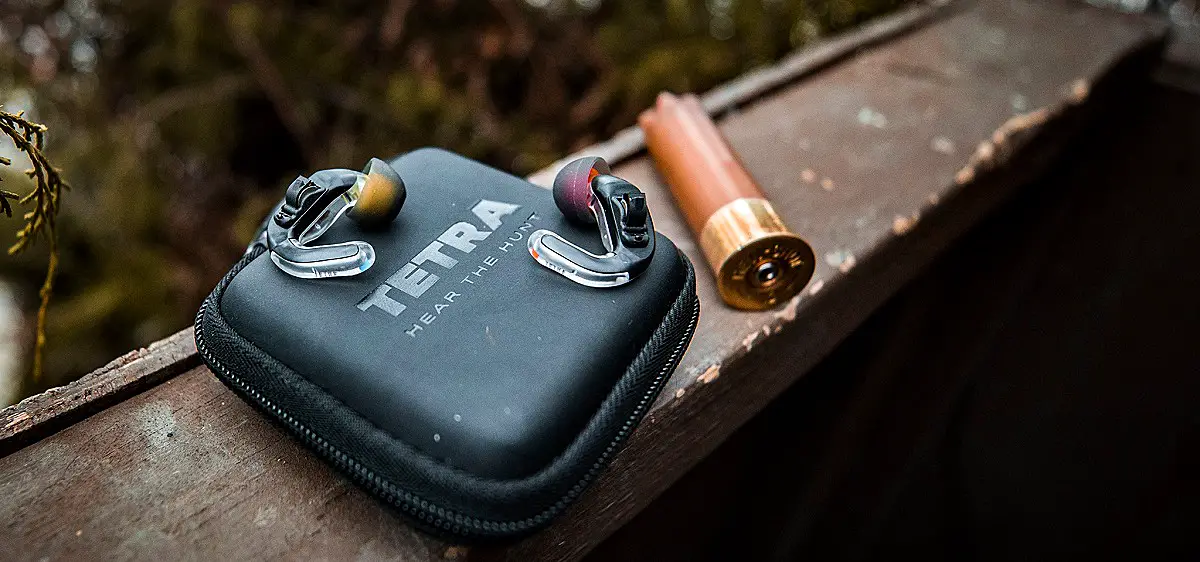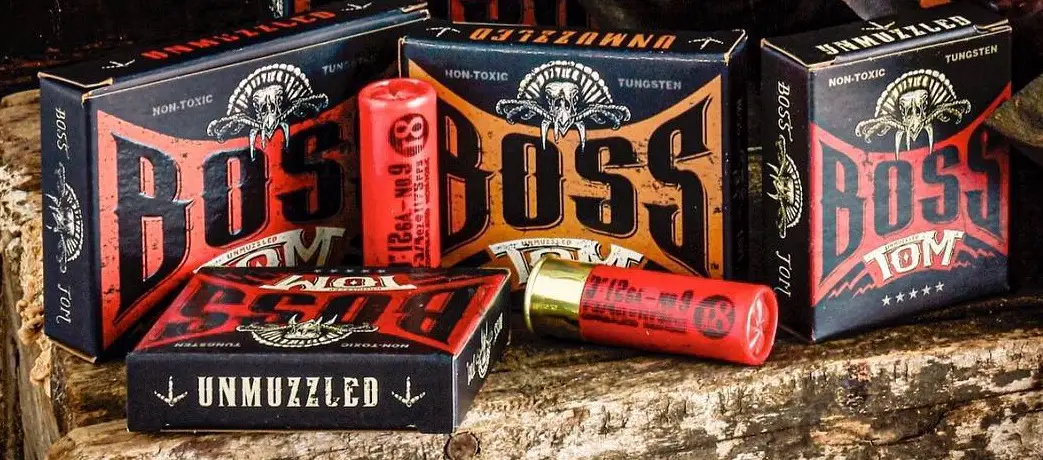If turkeys are not gobbling, moving, or in any way detectible, how do you hunt them and salvage your season? In this episode I dig into the details of how to hunt gobblers when all else fails.
If turkeys are gobbling and not coming in that is one set of challenges, but this is different. This is when all the turkeys seem to completely disappear from the woods and you cannot find any action anywhere. I’ve been there. The answer is simple, but not easy. You have to change your mindset and your tactics from turkey hunting to turkey finding.
Set out looking for birds and sign, similar to pre-season scouting but unique in that you are looking for concentrated movement areas that you can then setup in as if you were ambush hunting. I like to start in the low lands, where there are streams, puddles and soft ground where turkeys will leave tracks. I am not just looking for a stray track here and there but lots of regular fresh tracks that will let me know that lots of birds come through this area on a regular basis and spend time eating, socializing, or trying to find mates in this spot.
The goal of this scouting is to locate areas that have birds that you can come back and hunt, but you also want to move quietly. After all the season is on and you have a shotgun, you do not want to disturb the birds that you discover since you plan to hunt them that day or the next. Instead you want to move quietly, gun in hand but being careful to analyze the ground and watching for turkeys on the other side of every hill you crest and every field you move into.
When nothing is working, you come to feel like there are no birds in the woods and it can be very discouraging, but if you can find the birds, and fresh sign, it will put wind in your sails and motivate you to get out and get after the birds.
Also keep in mind that as the season goes on, the habits of birds can change. As one area grows up it may push birds into other areas. So a spot that is cold today could warm up in a week or two or three. Do not abandon historically good areas but diversify where you spend your time. Perhaps rotate between spots in order to keep on top of places that might heat up later but do not spend your entire turkey season in a spot with no action.
Listen to the whole podcast episode for all of the details!




